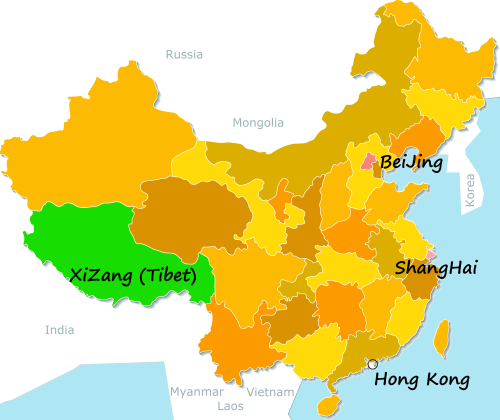
|
August 1st 2022.
With The New Atlas - Brian Berletic and Angelo Giuliano ...
Orsis Rutherford
The problem with the US is that 90% of the population could not find Taiwan or The Ukraine on a map. I went to China in 2015 and I discovered an amazing country with a blend of tradition and modernity. People looked happy and I felt safe.
AloofMicrobe
"Be humble. Admit you know nothing about China. Start from zero and start building up a real understanding." Probably the best advice I've had my entire life - and I'm 63 years old! Thank you so much, both of you. Love and peace, from London.
ashley mistletoe
As a Taiwaneses, I can vouch for everything you said about Taiwan, history, politics.. very surprised that you nailed so much details. To add a few more facts: 1. Right now in Taiwan it's a hostage situation: people don't want to go to war with China but this government is doing america bidding and for us it's just disgusting, hateful yet there's nothing much we can do... 2. This government brainwashes the less informed population, controls media and public opinions with a massive cyber force that's silencing and suppressing opposition. It's despicable that they have the shame to brag about democracy. 3. NO ONE IN TAIWAN WANTS A WAR, not even the heavily propagandized, except the very few brainwashed extremists. Those in power such as Ms. Tsai never mind bleeding our blood but trust me they will be the first to fly away the moment smell of war approaches. 4. I've heard over and over again that parents told their kids to surrender when the war breaks out. I remember vividly one of them said, "Who are we fighting for? Tsai Yinwen?" followed with an angry sneer. THIS GOVERNMENT IS A DISGRACE.
Nancy Barra
Brian, you represent the best of young Americans. Your critical thinking and analytical skills are amazing and I hope people like you can lead the United States to a new era in the future. In the meantime you are helping a lot of people to think beyond what mass media is proyecting. Angelo Giluino is also a great thinker and analyst.
Gav Munro
As a Brit in China I agree with Angelo 100% about the sense of humility that we should have. I was someone who questioned why things were the way they were in China, thankfully the more I tried to understand China the quicker I grew out of it.
There's a much said phrase here that 'When I landed in China I could write a book about it, after 10 years I could write a leaflet on it, after 15 years I can barely write half a page about it'. That's the reality.
China is an enigma, it's not to be 'advised' but to be respected and studied. It's brought it's poorest into a middle class at a rate of knots. The west is vilifying China not to China's determent but to their own.
They could learn so much from China's rise. Their elites choose not to tell the people the real story.
That's the real tragedy.
Bonus film - with Richard Wolff ...
Bonus film - with Garland Nixon ...
|

 Tibetan song collection
Tibetan song collection





